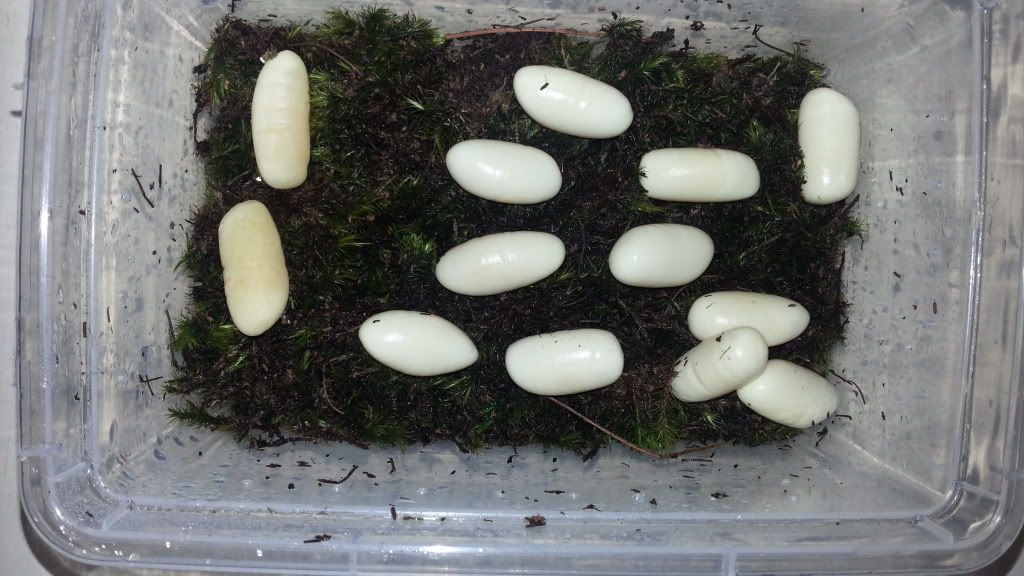DrGraeme
Chiropractor
Hi guys
Its the height of summer here and as so its hatching season begining.
We have aquired about a month or so ago a pair of adult corns that have been bread before, and we plan on breeding them also next season.
Last night when I was checking on them I found a lone egg on the floor of the viv! It gave us quite a fright actually until we put 2&2 together. I think its a slug, but just in case we have started incubating it anyway and we'll se what happens.
Is this something normal that happens?? We haven't had these two for too long so are not sure if they were put together to breed, or if infact she produced any eggs this year.
So should I be worried, or start expecting a clutchload of eggs in the next few days?? It's also very late in the season here.. so I don't know what to make of it. any advise would be welcome.
Thanks everyone.
Its the height of summer here and as so its hatching season begining.
We have aquired about a month or so ago a pair of adult corns that have been bread before, and we plan on breeding them also next season.
Last night when I was checking on them I found a lone egg on the floor of the viv! It gave us quite a fright actually until we put 2&2 together. I think its a slug, but just in case we have started incubating it anyway and we'll se what happens.
Is this something normal that happens?? We haven't had these two for too long so are not sure if they were put together to breed, or if infact she produced any eggs this year.
So should I be worried, or start expecting a clutchload of eggs in the next few days?? It's also very late in the season here.. so I don't know what to make of it. any advise would be welcome.
Thanks everyone.

